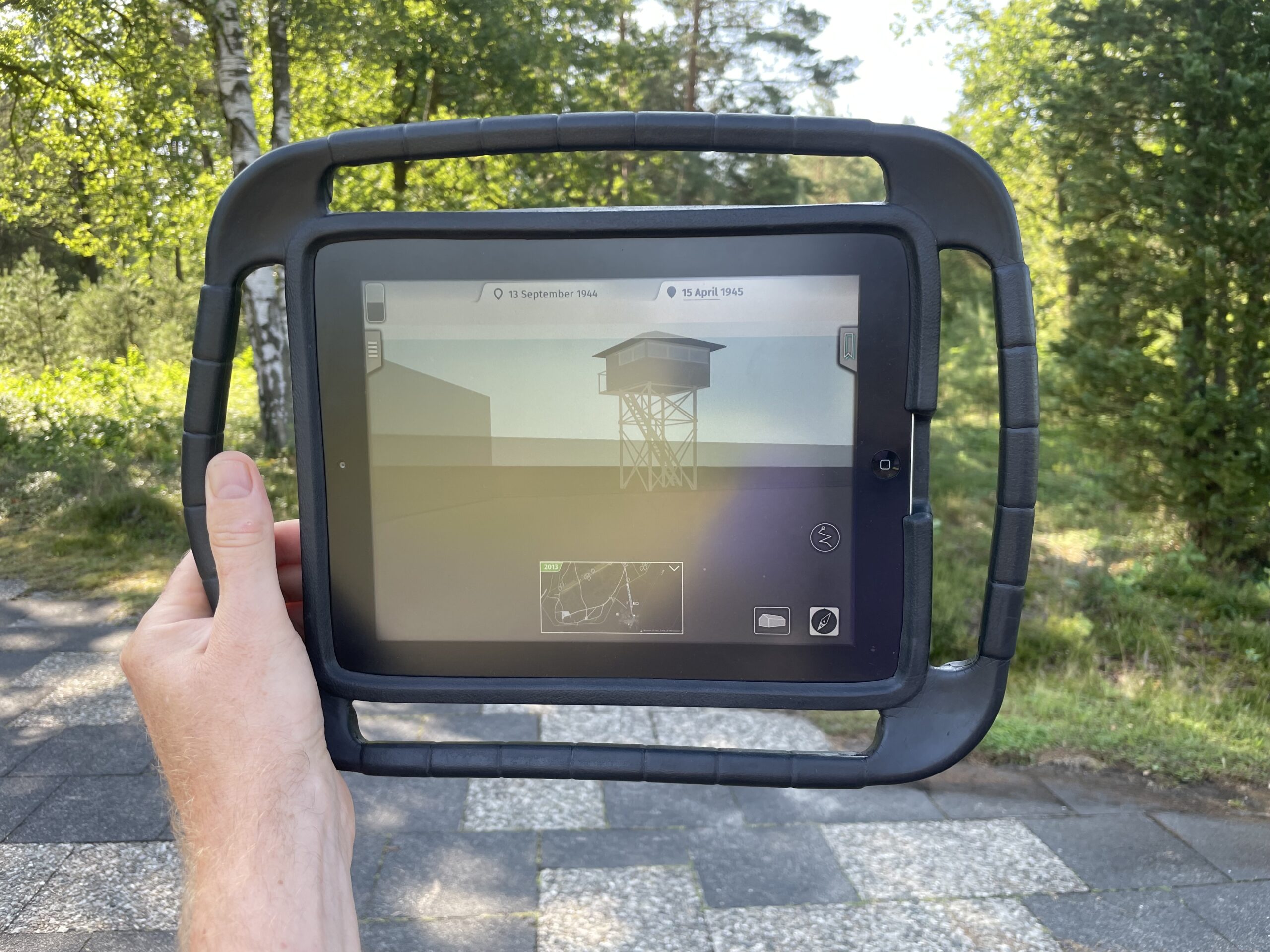This article examines the role of Allied liberation footage in shaping the visual and collective memory of Nazi concentration camps. By analyzing archival footage, early atrocity films, documentary compilations, digital reconstructions, video games, and virtual memorials, the authors demonstrate how these images have created “virtual topographies” of memory. These representations, detached from specific locations, serve as portable proxies for the physical sites that were destroyed, transformed, or otherwise lost over time. The article also explores how contemporary digital technologies, such as virtual reality, augmented reality, and interactive platforms, continue to expand and mediate Holocaust remembrance by integrating historical footage into new forms of engagement. Ultimately, it highlights the evolving ways in which film and digital media construct, preserve, and transmit the memory of concentration camps across time and space.
© 2020 by the VHH Consortium

